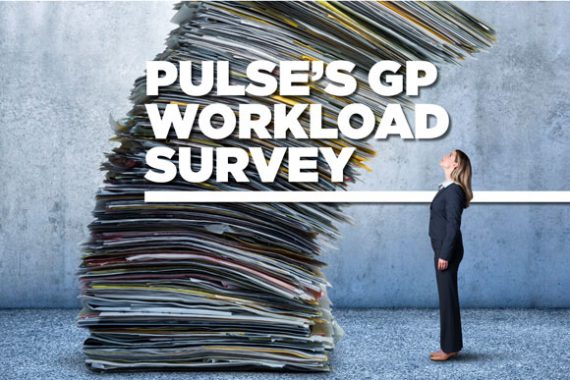Today, we launch our second GP workload survey – click here to take part.
We are calling on all GPs to tell us how many hour they have worked on 1 March 2021 to allow us to counter the dangerous narrative that general practice is closed.
Our first survey, in 2019, was answered by 1,700 GPs. It showed more than half of GPs felt they were working at unsafe levels, on average completing 11-hour days and dealing with a third more patients than they believed they should be.
The first GP workload had some impact – it was featured in a Panorama documentary, and was even raised at Prime Minister’s Questions in Parliament. But we know that more awareness needs to be raised. Especially considering how much of the media has led people to believe that GPs are not seeing patients face to face.
Today, we are urging you to repeat this – by taking part here.
We are asking about the number of hours worked, the number of patient contacts GPs have had, clinical complexity of appointments and how workload compares with before the pandemic.
Pulse is capturing these details to highlight conditions GPs are currently working under – and because this data is not available elsewhere.
Two years on from our survey, GP leaders are warning that as the profession has had to move to more remote consultations levels of work have remained high, while GPs have also taken on the Covid vaccination programme.
Pulse October survey
Take our July 2025 survey to potentially win £1.000 worth of tokens














Can you complete this is you were sat at home, an unemployed locum, because everyone was so “terribly busy” they forgot to book any help?
Normal full time work:
The changes are:
A. 2/3 of old F2F is now telephone ‘consulting’ (not just triage).
B. There’s much more picking up the pieces of a broken hospital system (our secretary has 2 extra helpers only chasing up referrals, results, clinic letters for patients)
C. A bit less minor self limiting illness.
D. New IT and work flow changes – more work comes as email, docman and ‘tasks’